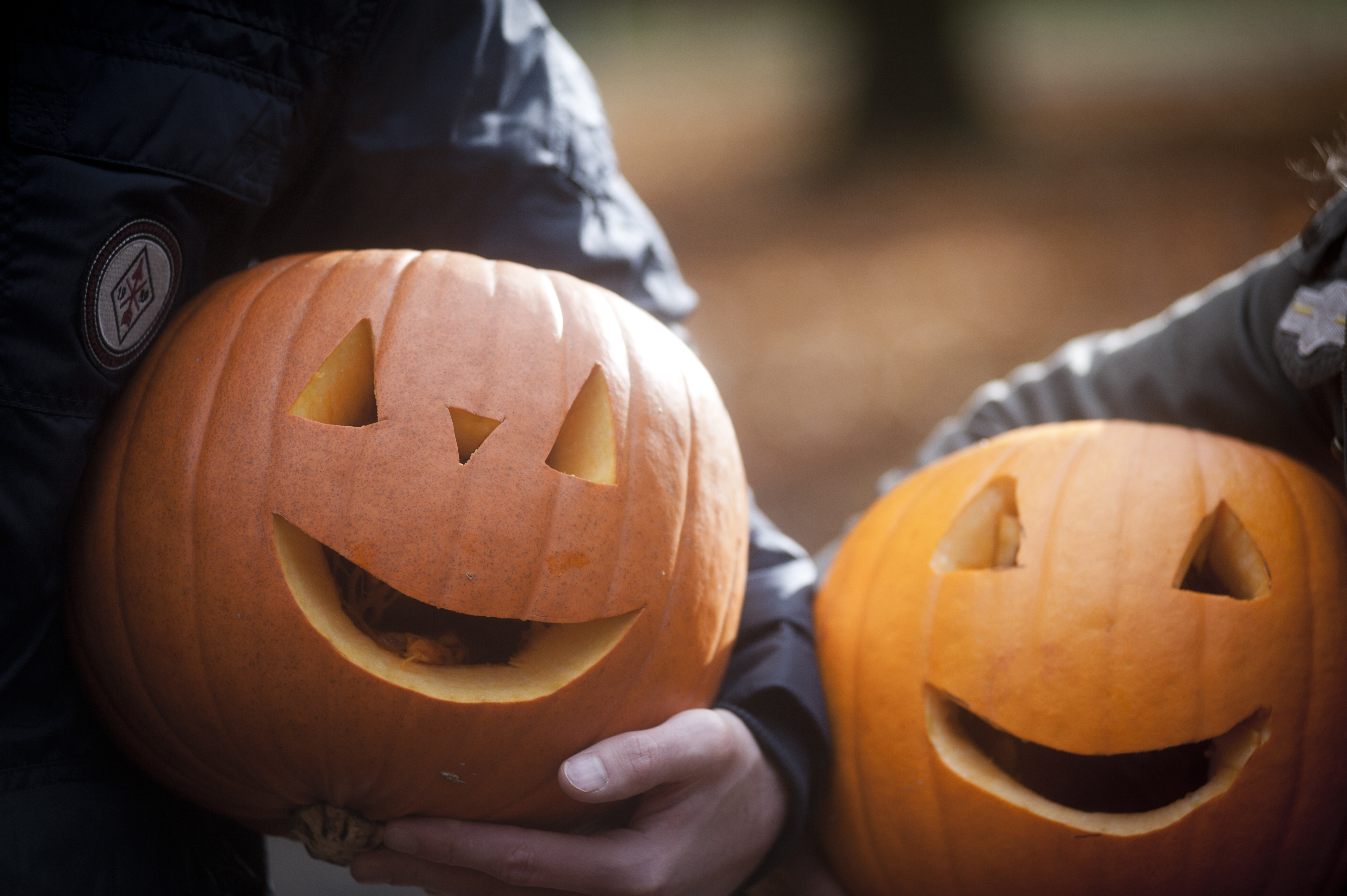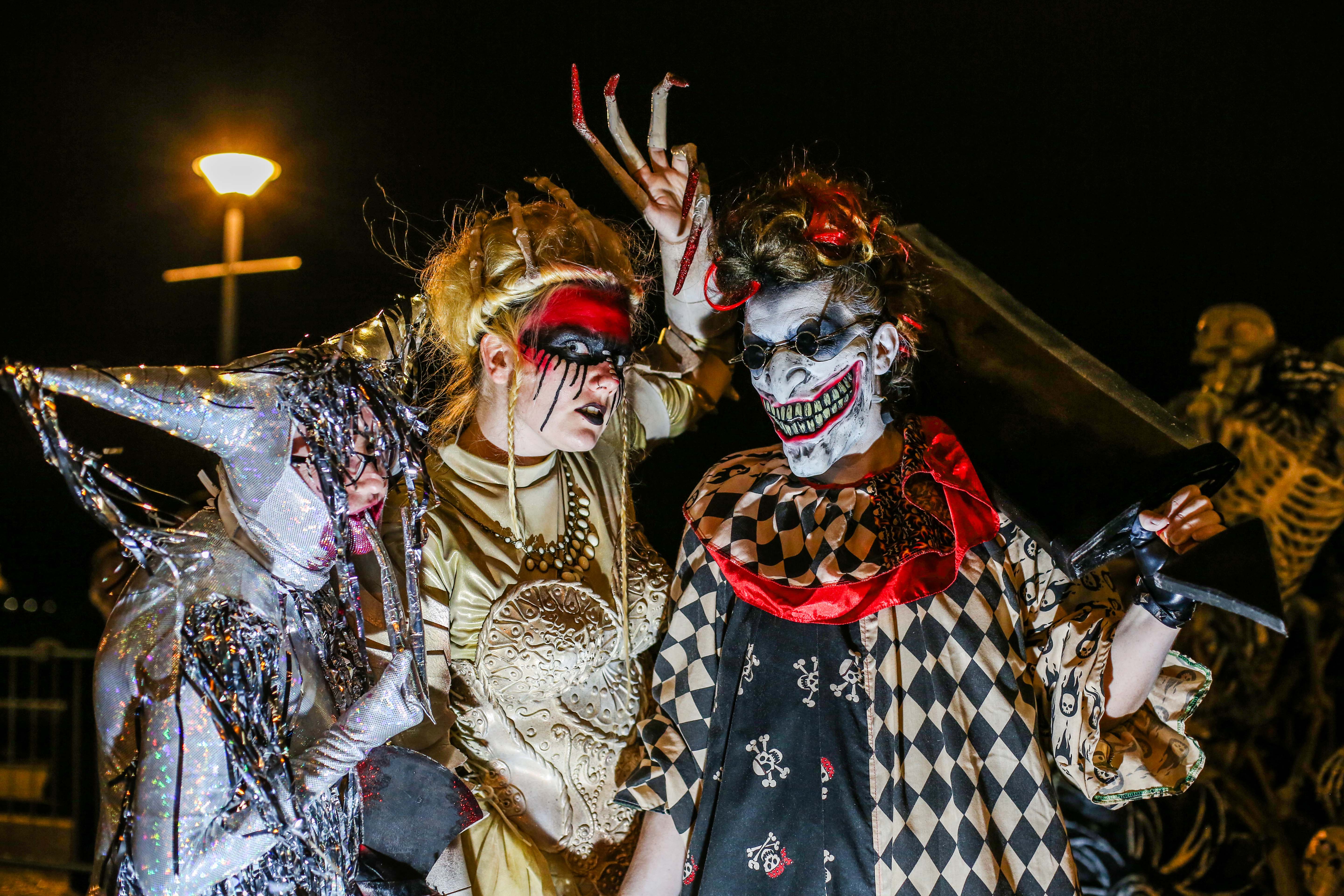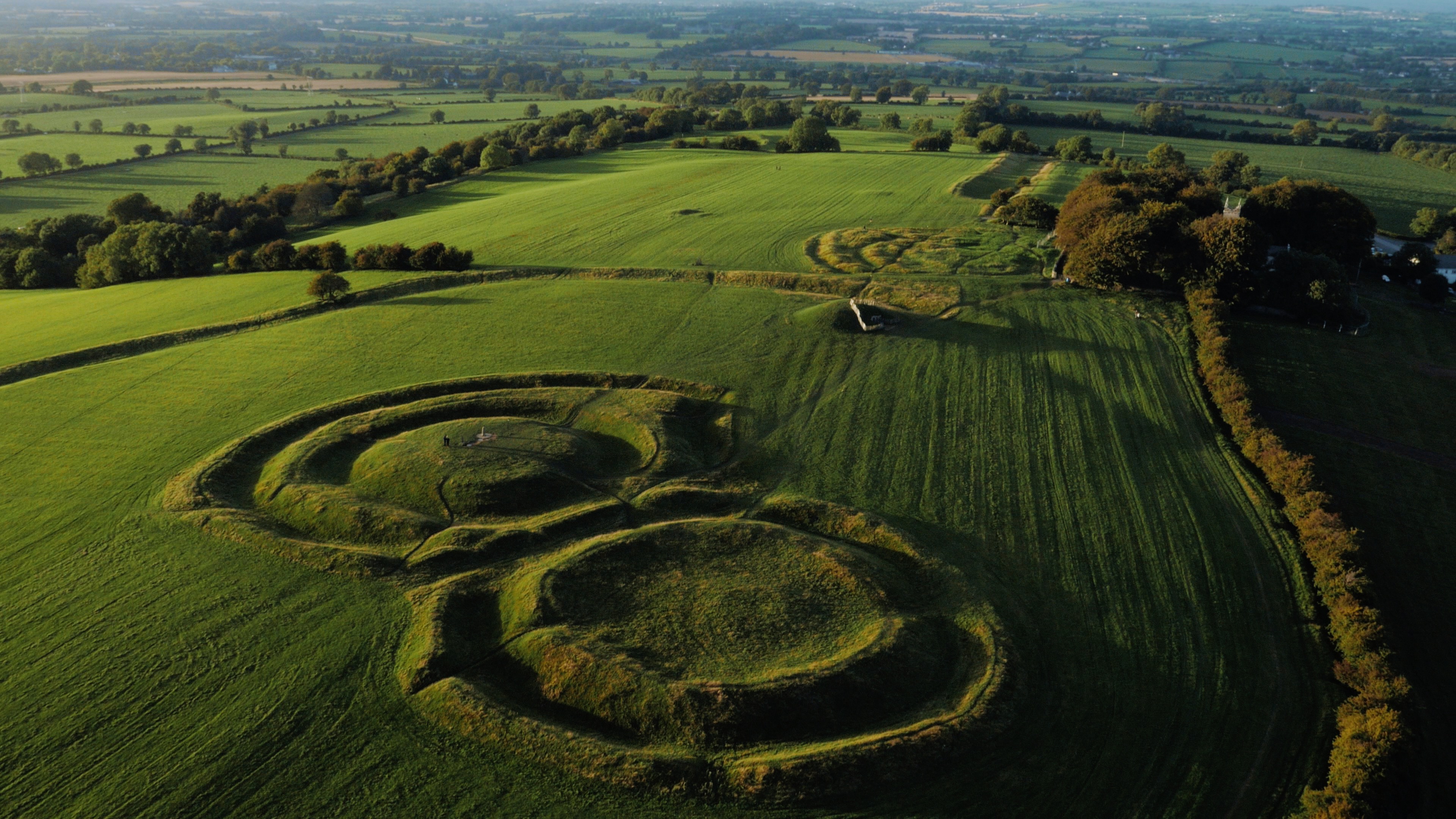Where Halloween Began: the fascinating origin story of autumn’s famous festival
Myths, mischief and mighty celebrations all converge for one of the biggest festivals of the year in Ireland. But do you know where it all started?

Pumpkins in Ireland
When you think about Halloween, you probably think of carved pumpkins, ghoulish costumes and blazing bonfires, with mysterious scenes unfolding in the dimming light. But did you know that many of those traditions actually date back to ancient Ireland, to a pagan celebration that has morphed into what we now know as Halloween?
The Celtic festival of Samhain (pronounced “sow in”) began more than 2,000 years ago as a celebration of the end of the harvest season and the start of winter.
“Samhain is really the marker of the end of a season,” says Kelly Fitzgerald, head of the School of Irish, Celtic Studies and Folklore at University College Dublin. “It is so closely linked to nature. Halloween is the end of the harvest and an indicator that we are moving into the dark half of the year.”
It’s not just the physical darkness, either – many believed that at Samhain, the line between the living and the dead was at its weakest, allowing the spirits of the Otherworld to pass back into the human world.
“At Samhain – and also Bealtaine on the first of May – there is a sense that the Otherworld and this world are at their closest,” says Fitzgerald. “These are the two strongest times of the year that allow for supernatural activity to happen within the landscape. The signs that the world is changing around you, and the otherworldly acknowledgements allow for extraordinary aspects to be part of the ordinary.”

Derry Halloween Festival, Co. Derry-Londonderry
Spirits on the move
“There was also a belief that spirits would move around the country, and that the dead could return at Samhain,” says Clodagh Doyle, keeper of the Irish Folklife Collection of the National Museum of Ireland. “People would lay out things for them, to welcome them back. They also believed that fairies were moving from their summer abodes to their winter ones. The spirits are going, and there's a sense that the dead are on the move, so there are a lot of things to be frightened of. As a result, people would put scary lanterns in the window to protect the household.”
In fact, in those early days, people would carve those lanterns out of turnips, rather than the pumpkins we’re familiar with today – you can even see an ancient (and spooky) carved Samhain turnip on display in the National Museum of Ireland, Turlough Park. “Often, protection is about scaring away the evil, or deflecting its attention so it doesn't come in,” says Doyle. “So those pumpkin lanterns are evil-faced, but they're also a way of using light against the darkness.”
The fact that this festival was also a celebration of the harvest means those seasonal fruits and berries played a part of traditions – people bobbed for apples because they were plentiful, and threw cabbages as an old trick. Bonfires have also been a key part of Halloween celebrations for hundreds of years, traced all the way back to the very first Samhain.
“Bonfires are very traditionally associated with Samhain, and these are fires against the darkness – the idea that we will fight the darkness with a bright fire,” Doyle says. “But when you've got darkness, you've got mischief, and you've got the supernatural.”

Hill of Tara, Co Meath
Celtic traditions that continue to this day
Many of the customs that we practice today at Halloween time in Ireland have their roots in ancient Celtic traditions. Trick or treating goes back to those days of mischief, when people would dress up in costumes or with masks and knock door to door. Nowadays, you’ll still find the fruit bread barmbrack made all over Ireland, baked with a ring or a coin inside – whoever finds the treasure within will be either wed or lucky.
As well as traditions, there are a number of sites around Ireland that are intrinsically linked to the ancient celebration of Samhain. In Meath, the prehistoric site of Tlachtga (Hill of Ward) was the setting for the Great Fire Festival, which originated on the eve of Samhain and lasted for many days. Huge fires would be lit to mark the transition of the seasons and to guide spirits, and local fires would be lit in turn from their flames, like the ones at the Hill of Tara, which is visible from Tlachtga.
And while you may be familiar with the famous winter solstice event at Newgrange, where the sunrise perfectly aligns with the chamber of the passage tomb, a similar event takes place in Loughcrew at Samhain. As the sun rises, it perfectly illuminates the chamber and tomb at Cairn L on Carnbane West, bathing a carved limestone standing stone in sunlight. While this specific cairn isn’t open to the public, you can take a tour of the others to see the megalithic art and the mythical Hag's Chair.
Over in Roscommon, you can find what many believed to be Ireland’s gateway to hell, which opened during Samhain. Oweynagat is a natural cave in an area packed with archaeological treasures, but it’s the precise spot where people believed creatures from the Otherworld would emerge on 31 October. Therefore, they would stay inside to avoid being dragged into hell.
It may not have physical links to the festival of Samhain, but Derry~Londonderry celebrates Halloween with gusto, interweaving those Celtic traditions into the multi-day revelry of Derry Halloween, which takes over the city walls and streets with fiery theatrics and ancient folklore. Those ancient themes of storytelling, costume and mischief are kept alive in one of the biggest Halloween celebrations in Europe.
The same traditions and themes are honoured at the Púca Festival in Meath, the spiritual homeland of Samhain. At the Púca Procession in Trim, giant puppets of mythological, otherworldly figures march through the town at nightfall, led by the shapeshifting spirit of Púca, who roams the streets to bring both blessings and tricks. As the sun sets on Halloween night, the town of Athboy brings the ancestral flame of Samhain to life in a huge firelit procession and lighting ceremony that mimics the ancient fires that roared here over 2,000 years ago.
These festivals run over numerous days, because in Ireland, Halloween isn’t just one night. It’s a season of dark, moody skies where the air is scented with bonfire smoke and the morning mists make everything feel spooky. It’s a time to watch firelit performances, eat buttered barmbrack under a blanket and delve back into the ancient folklore that makes this island so special.